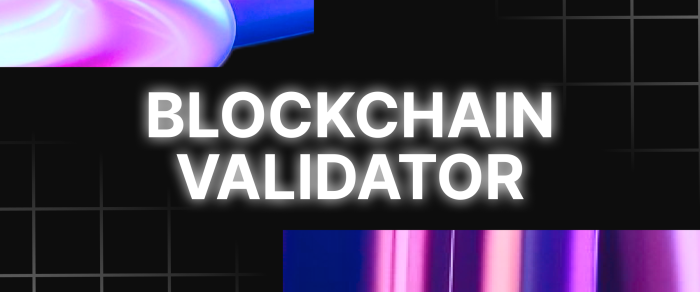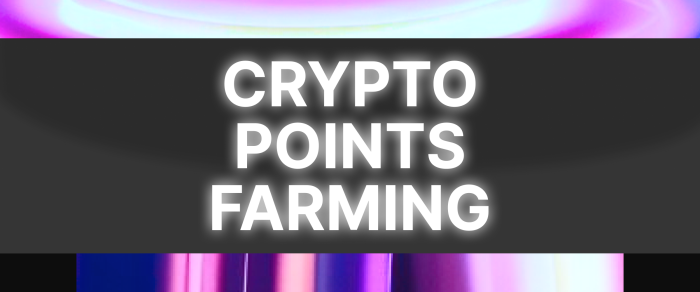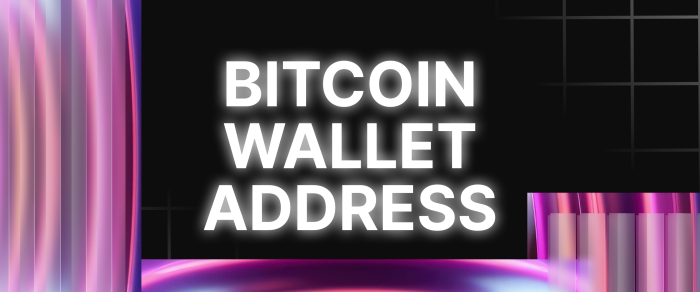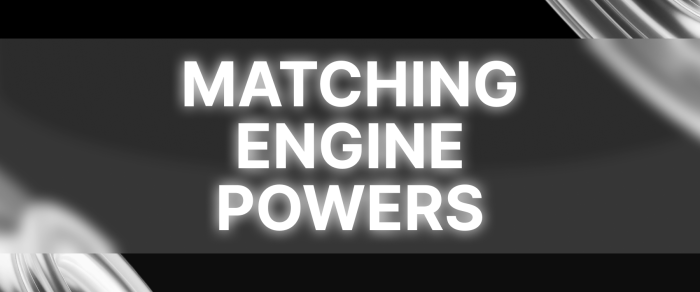What is Bitcoin’s Validator?
Blockchain is changing how the world builds trust — but behind every secure transaction, there’s an unseen force at work. Whether it’s the high-energy miners racing to solve complex puzzles or the strategic validators putting their money on the line, these silent heroes keep decentralised systems alive and thriving.
Let’s dive into the fascinating world of blockchain validator nodes versus miners — and see what the future of protocol validation really looks like.
Key Takeaways:
- Validators are replacing miners in many modern blockchains to offer faster, greener, and more scalable networks.
- Proof of Stake validation relies on financial risk rather than massive energy consumption.
- The future of blockchain governance is focused on decentralisation, efficiency, and cross-chain innovation.
Blockchain Validator Role
A blockchain validator is crucial in keeping a ledger network honest and secure. Simply put, a validator is a participant who checks that operations are accurate and match all the system’s rules before they are officially added to the network.
Traditional financial systems rely on banks, payment processors, or corporate databases to review and approve transactions. These centralised bodies act as gatekeepers, ensuring that everything runs smoothly. But blockchains are built differently. They’re designed around decentralisation, where no single entity holds all the power.
This is where the blockchain validator role becomes pivotal. These individuals or entities meticulously review each proposed transaction. They confirm its proper authorization, ensure it aligns with the network’s established rules, and check for any signs of fraudulent activity, such as an attempt to spend the same digital assets twice.
If validators weren’t doing this essential work, a blockchain would lose its biggest advantage: being able to create trust between people who don’t know each other, without needing a traditional go-between. It’s the blockchain validator community that makes these decentralized networks actually work, acting like the quiet overseers of integrity in a system designed to run without anyone in overall charge.
Fast Fact
Ethereum’s switch to Proof of Stake in 2022 reduced its total energy consumption by over 99.95% practically overnight — one of the biggest environmental shifts in tech history.
How Do Validators Work?
Think of validators as the engines that keep a blockchain system operating securely and without hitches. The blockchain validator role encompasses several key activities.

Giving Transactions the Green Light
The first thing a blockchain validator usually does is carefully check and confirm new transactions that have been submitted to the network. For example, when someone tries to send cryptocurrency, that transaction doesn’t just get added to the blockchain right away. Instead, it goes into a waiting area, like a pool of pending operations, until a validator gives it the okay.
A blockchain validator looks closely at each waiting transaction to make sure it follows all the network’s rules. This means checking if the sender actually has enough funds to send, making sure the digital signature really belongs to the sender’s address, and confirming that the transaction isn’t breaking any existing network policies.
This thorough checking step is important. It acts as the first line of defense to make sure only real and proper transactions move forward. This helps keep the whole blockchain trustworthy.
Adding New Blocks to the Chain
After a group of transactions has been successfully verified, validators organize them into a new ‘block.’ This newly formed block is then proposed to the broader network as a candidate for addition to the existing blockchain. Its inclusion isn’t instantaneous, however; other validators in the network must first review the proposed block to confirm its validity according to protocol rules.
Once a prevailing agreement among validators confirms the proposed block meets all essential criteria, it’s officially integrated into the blockchain. From that moment, this block forms an irreversible and permanent segment of the shared, distributed record.
The exact mechanism determining which blockchain validator earns the chance to put forward a new block is dictated by the specific consensus rules of that particular blockchain—whether it operates on Proof of Stake (PoS), Delegated Proof of Stake (DPoS), or a different system entirely.
In some networks, validators might have to compete for the chance to propose a new block. In others, they might be chosen based on things like how much cryptocurrency they’ve ‘staked’ (which is like putting it up as collateral) or by their good reputation within the network community.
Validators get rewarded for their important work in keeping the network running and secure. These rewards usually come from two sources: the transaction fees included in the blocks they process, and sometimes, in certain blockchain systems, newly created tokens.
Keeping Everyone on the Same Page
Getting everyone in the network to agree, or reach consensus, is a cornerstone of what validators do. In decentralized systems, there’s no single authority dictating the true state of the ledger. Instead, validators work together to establish this truth.
To pull this off, blockchains use various consensus algorithms—like Proof of Stake (PoS), Practical Byzantine Fault Tolerance (PBFT), or Tendermint. These are basically rule sets designed to ensure consistent and robust decision-making across the network, even if some folks act maliciously or send out dodgy data.
Effective consensus means every network participant, including each active blockchain validator node, shares an identical, verified transaction history. This synchronization is vital to prevent headaches like double-spending or conflicting blockchain versions (known as forks).
Given their critical part in this dance, validators have to be honest, active, and reliable. Many blockchains enforce good behavior through penalties like “slashing,” where a validator risks losing part of their staked crypto if they break network rules. This really drives home the importance of a trusted validator setup for anyone looking into how to become a blockchain validator.
Validator vs. Miner: What’s the Actual Difference?
When you look at how blockchains tick, two key roles pop up: validators and miners. Both are working to keep the network humming along securely. While they share the goal of confirming transactions and maintaining network integrity, their methods are pretty different. Getting these operational distinctions is key to understanding how various blockchains work and where they’re headed.
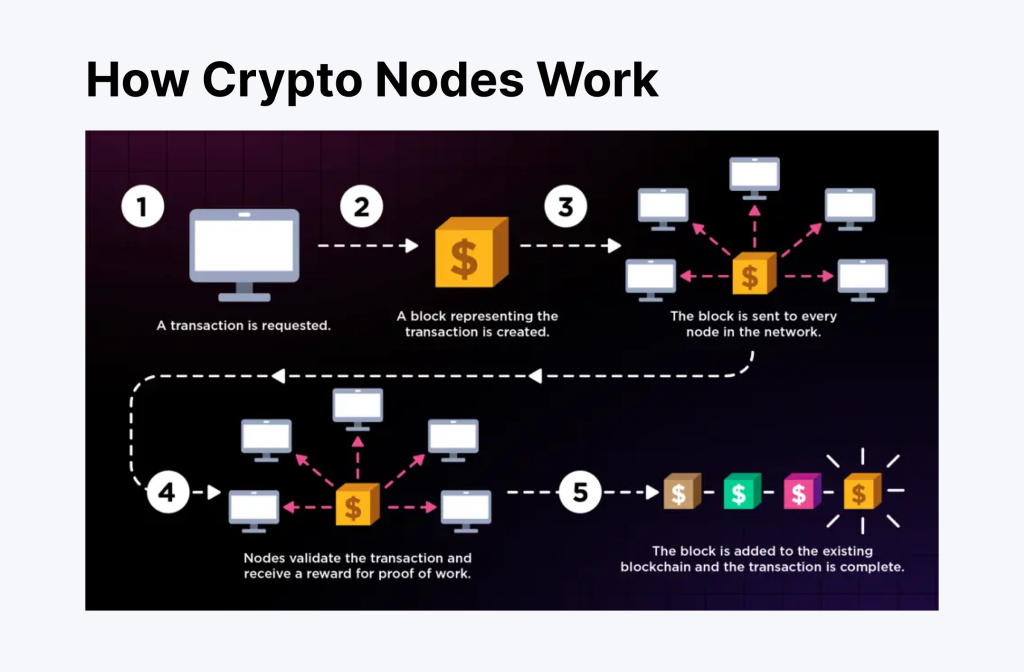
How Do Miners Work?
Miners are the workhorses of blockchains using the Proof of Work (PoW) system, with Bitcoin being the poster child. Their main gig is a competitive sprint to solve a complex mathematical puzzle before anyone else. Imagine tons of powerful computers all burning the midnight oil (and electricity!) to find the right answer first.
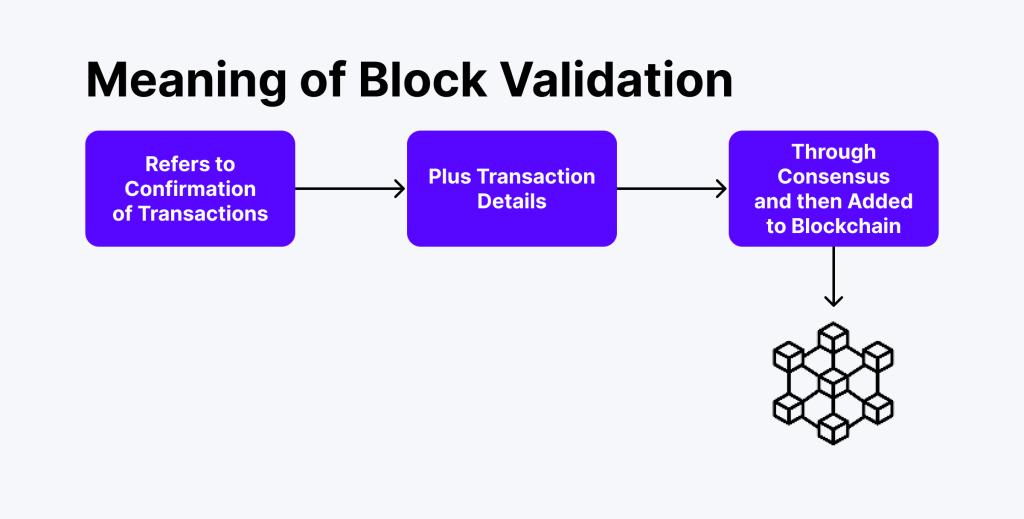
The first miner to crack that puzzle earns the right to add the next block of transactions to the blockchain. Their prize? Freshly minted cryptocurrency from that block and any transaction fees from the operations tucked inside it.
However, this mining race is an expensive one. It guzzles enormous amounts of electricity and demands powerful, specialized hardware like ASICs or top-tier GPUs. This heavy resource use is why PoW mining, especially for Bitcoin, often gets flak for its environmental impact. In a nutshell, miners secure the blockchain through sheer energy and computational muscle; more power generally means a better shot at mining a block.
Key Differences at a Glance
Both miners and validators want to keep blockchain servers secure and chugging along, but they go about it differently.
- How they work: Miners use raw computing power and electricity to compete for block creation in Proof of Work systems. Validators, on the other hand, are chosen based on the amount of crypto they “stake” (or lock up) in Proof of Stake systems, relying on financial commitment rather than brute computational force.
- Energy Use: Mining is an energy hog, plain and simple. Validating is way more energy-efficient.
- Hardware Needs: Miners often need pricey, specialized gear. Validators can usually get by with a basic server and a stable internet connection, or they can build out their own trusted validator node setup.
- Security Angle: PoW is secured by making attacks too costly in terms of hardware and electricity. PoS security is tied to a validator’s financial stake—bad actors risk losing real money if they misbehave (this is often called “slashing”).
- Rewards & Penalties: Rewards in both systems come from block rewards and transaction fees. However, PoS validators also face direct financial penalties for bad behavior, unlike miners, who mostly just suffer from wasted effort and electricity if their block isn’t accepted.
Wrapping It Up: A Greener, Smarter Future
In the ever-shifting landscape of blockchain tech, both miners and validators have been essential in carving out our decentralized future. But as the world increasingly calls for faster, greener, and more accessible solutions, validators are stepping into the limelight.
Tomorrow’s blockchains won’t just be secured by raw power; they’ll be underpinned by trust, commitment, and smarter innovation. In this next chapter, validation isn’t just a technical step—it’s the pulse of a more sustainable digital world.
FAQ
What does a blockchain validator node stand for?
A validator checks and confirms ledger operations by staking their crypto to safeguard the network.
How is mining different from validating?
Mining uses computing power to solve puzzles; validating relies on staking coins to earn the right to confirm operations.
Why is Proof of Stake considered more eco-friendly than Proof of Work?
Proof of Stake uses minimal energy compared to Proof of Work’s heavy electricity demands.
Can anyone become a blockchain validator?
Yes, but you must usually hold up a minimum amount of crypto and maintain strong uptime.
Is mining still necessary with newer blockchain networks?
Mining remains essential for older networks like Bitcoin, but newer systems prefer staking and auditing.
